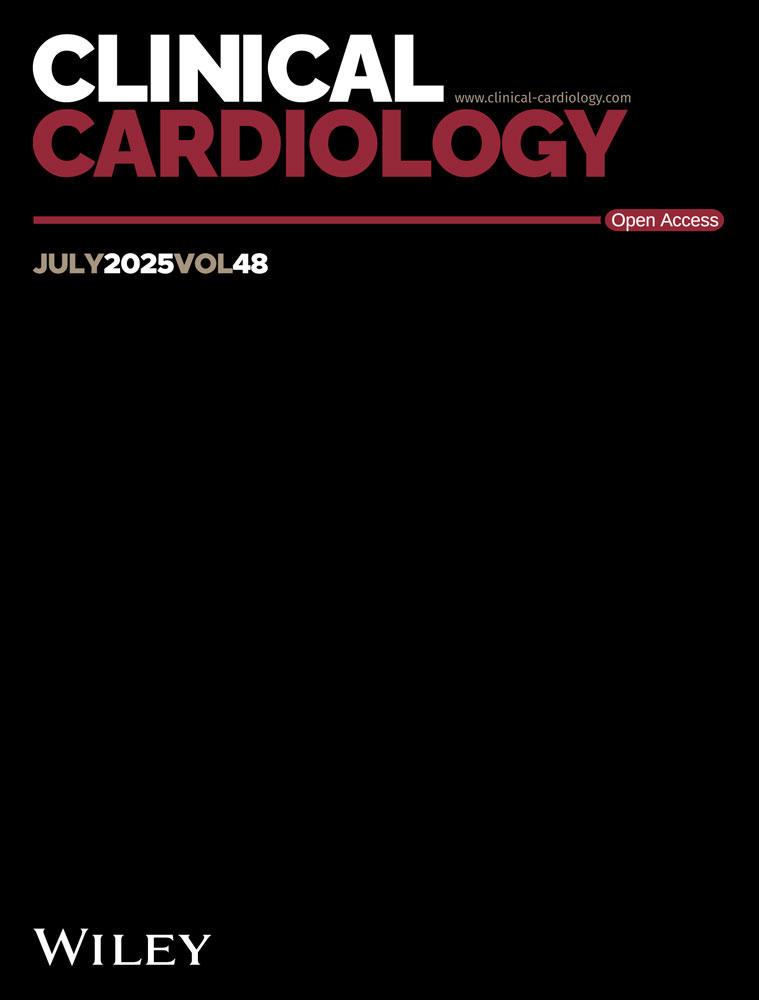Evaluation of myocardial perfusion defects by means of “bull's eye” images
Abstract
The purpose of this study was to evaluate the usefulness of so-called “bull's eye” imaging as a simplified display of tomographic slices in the detection of coronary artery disease (CAD). A total of 64 patients were studied at stress and at rest, by single photon emission computed tomography (SPECT), either with thallium-201 (201T1) or with technetium-99m methoxy-isobutyl-isonitril (Tc-MIBI). The myocardial perfusion defects detected by bull's eye image alone and in combination with visual analysis of tomographic images were evaluated in all cases, taking coronary arteriographic results as a gold standard. The overall sensitivity and specificity for detection of CAD were as follows: bull's eye imaging, 100% and 70.8%; tomographic imaging (SPECT), 90% and 91.6%. The results of bull's eye imaging and SPECT interpreted together were 96.6% and 83.3%. The regional sensitivity and specificity of bull's eye for individual coronary arteries were: right coronary artery (RCA), 100% and 73.7%; left anterior descending (LAD), 100% and 87.2%; left circumflex (LCx), 100% and 97.3%. For SPECT they were: RCA, 93.7% and 89.5%; LAD, 86.6% and 92.3%; LCx, 73.3% and 97.4%. For bull's eye with SPECT they were: RCA, 94.4% and 86.1%; LAD, 87.5% and 92.1%; LCx, 82.3% and 97.2%. We conclude that the bull's eye image display allows an easier and more objective assessment of myocardial perfusion defects and shows higher sensitivity. However, it has a relatively low specificity which can cause an over-estimation of perfusion defects. Thus, visual analysis of bull's eye imaging is a useful diagnostic tool but must be evaluated in conjunction with tomographic imaging.




